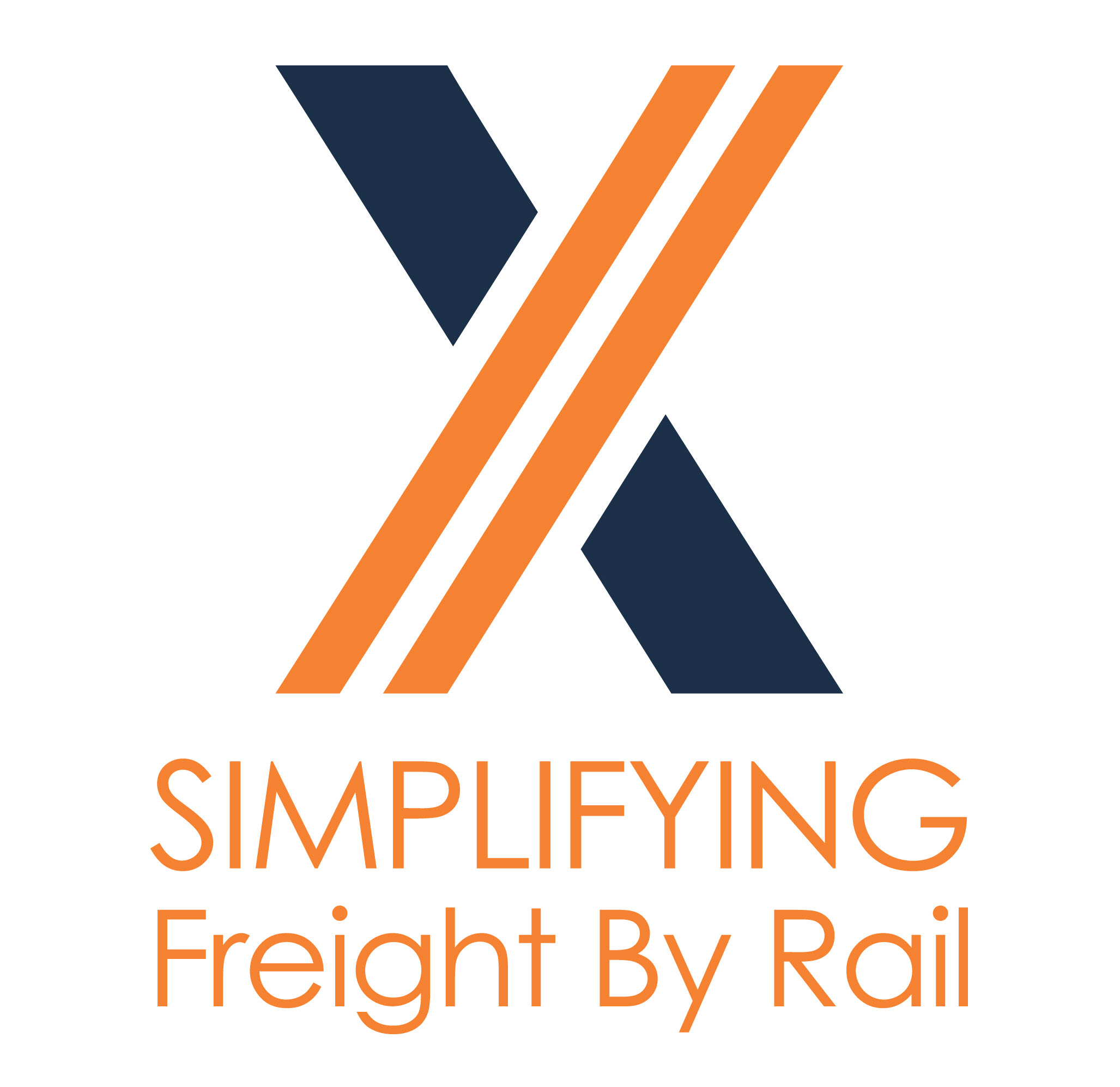I have observed several emerging trends in the transloading industry. One major trend is the increased use of technology to optimize operations and improve efficiency. For example, many transloading facilities are implementing automated systems for loading and unloading cargo, which can reduce labor costs and minimize the risk of damage to goods. Shippers can stay ahead of the curve by investing in technology that integrates with the transloading process, such as real-time tracking and inventory management software. This can provide shippers with greater visibility into their supply chain and allow them to make more informed decisions.
Another trend is the growing demand for sustainability and environmentally friendly practices in the transloading industry. Many shippers are seeking to reduce their carbon footprint and minimize their impact on the environment, and transloading facilities are responding by implementing green initiatives, such as using renewable energy sources and reducing waste. Shippers can stay ahead of the curve by partnering with transloading facilities that prioritize sustainability and implementing sustainable practices throughout their supply chain.
Finally, the transloading industry is becoming more globalized, with an increasing number of shippers seeking to transport goods across international borders. As a result, transloading facilities are expanding their capabilities to handle a wider range of products and comply with a diverse array of regulations. Shippers can stay ahead of the curve by partnering with transloading facilities that have experience in handling international shipments and are familiar with the regulations of different countries. Additionally, shippers should stay up to date on changing regulations and customs requirements to ensure compliance and avoid delays.
Find Transloading With Commtrex!

